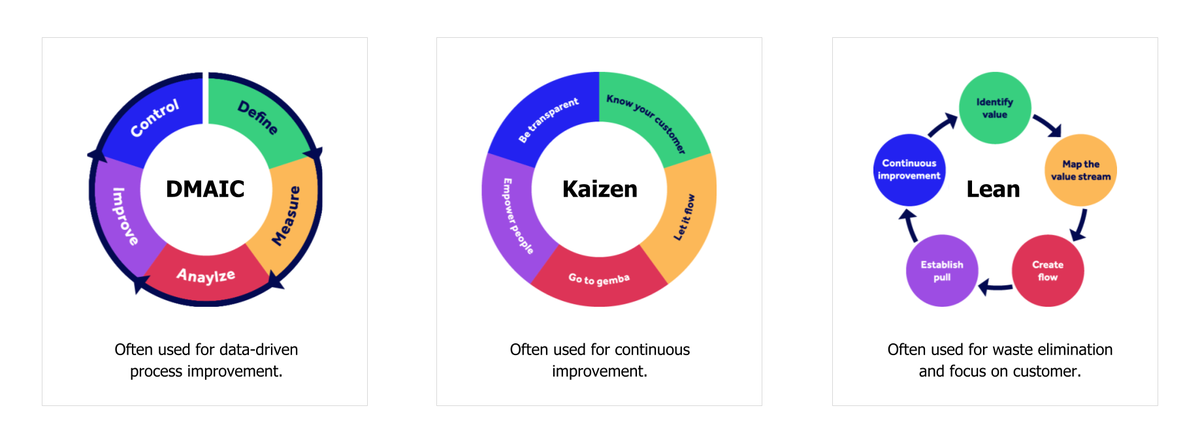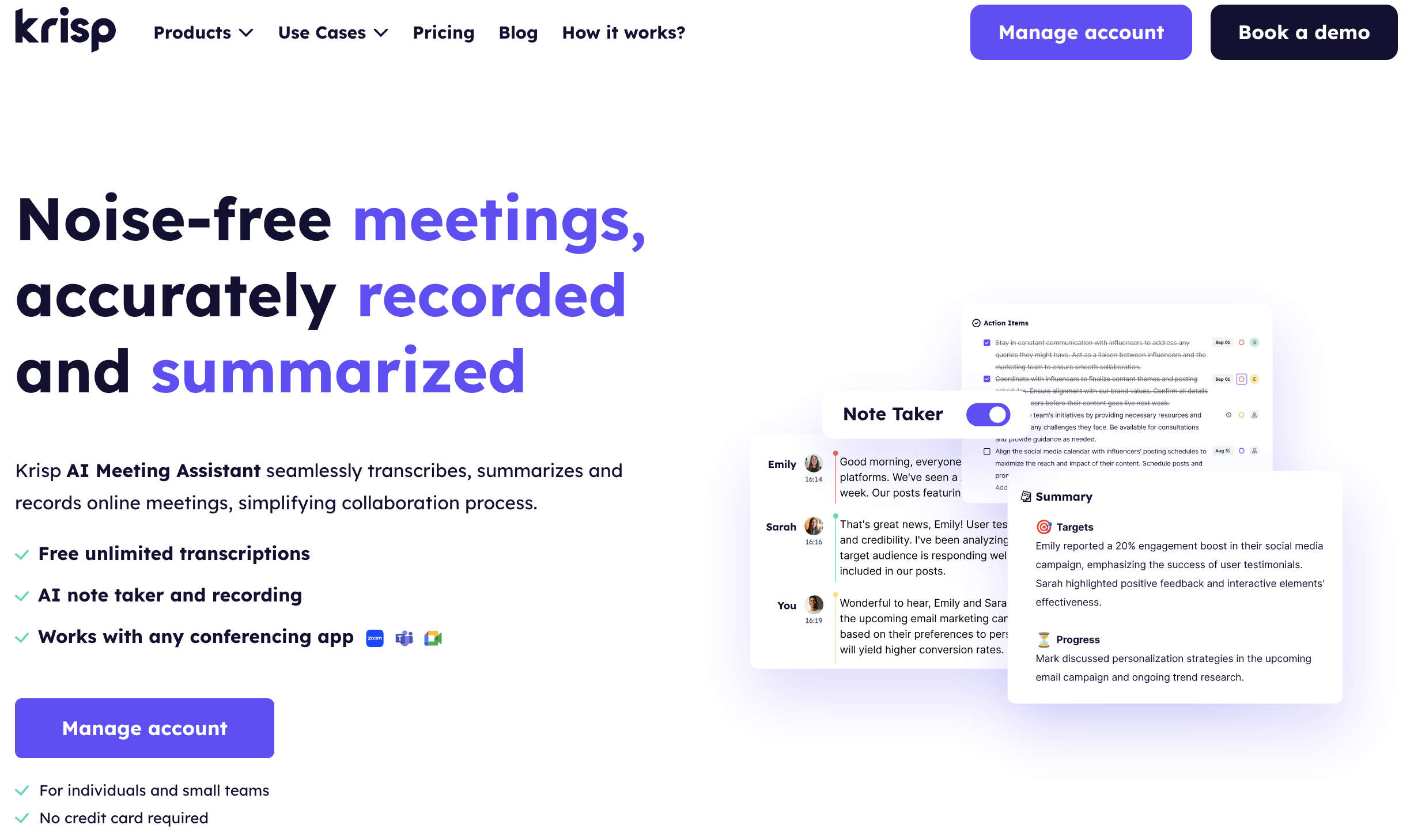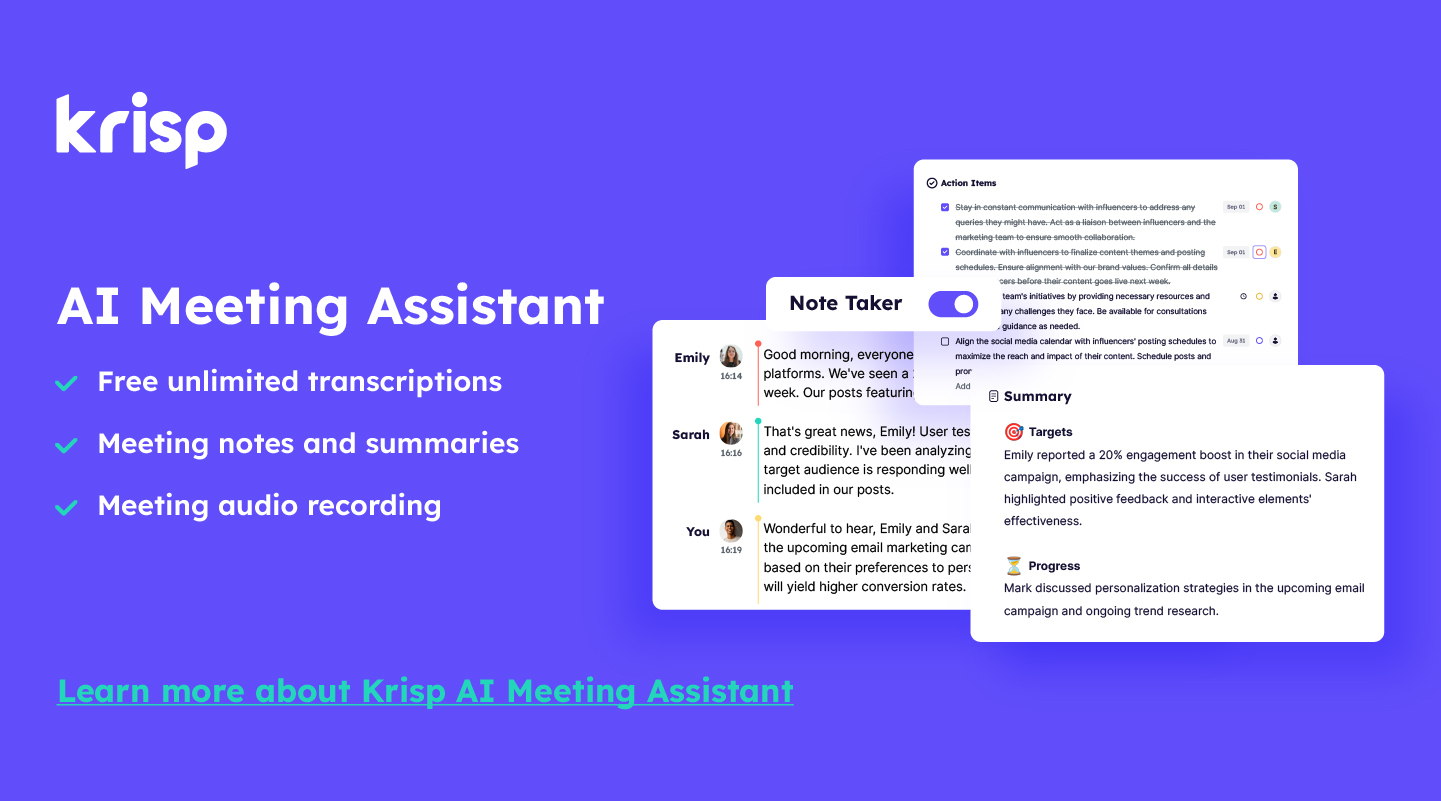Process improvement has never been more crucial than in 2025, as businesses and organizations strive to enhance efficiency, reduce waste, and stay competitive in an evolving digital landscape. With rapid advancements in automation, artificial intelligence, and data-driven decision-making, companies must continuously refine their workflows to remain agile. Whether it’s streamlining daily operations, improving customer experiences, or maximizing productivity, process improvement plays a vital role in driving success across industries. By adopting smarter strategies and leveraging cutting-edge technology, businesses can eliminate bottlenecks and boost overall performance.
This year, efficiency isn’t just about working faster—it’s about working smarter. Organizations are embracing intelligent automation, workflow optimization tools, and agile methodologies to create seamless processes that adapt to change. From AI-driven analytics to lean management techniques, the latest innovations are making operations more precise and responsive than ever before. In this article, we’ll explore key trends shaping process improvement in 2025 and how businesses can implement smarter, faster, and more efficient workflows for long-term success.
What is process improvement?
Process improvement refers to the systematic approach of analyzing, refining, and optimizing workflows, systems, and procedures to enhance efficiency, reduce waste, and achieve better outcomes. Organizations across industries use process improvement to streamline operations, eliminate bottlenecks, and enhance productivity. By identifying inefficiencies, businesses can implement strategic changes that improve speed, quality, and cost-effectiveness. Whether through automation, data-driven decision-making, or lean methodologies, process improvement helps teams work more effectively while delivering greater value to customers and stakeholders.
A successful process improvement strategy involves several key steps, including assessing current workflows, pinpointing areas of inefficiency, and applying proven methodologies like Six Sigma, Lean, or Agile. These frameworks provide structured approaches to eliminating waste, optimizing resource allocation, and fostering continuous improvement. In today’s fast-paced business landscape, leveraging technology—such as artificial intelligence, process automation, and real-time analytics—further enhances process optimization. Companies that prioritize process improvement not only increase operational efficiency but also create a more agile and adaptive work environment.
Beyond boosting productivity, process improvement contributes to long-term business growth by fostering innovation and enhancing customer satisfaction. When organizations refine their processes, they can respond more effectively to market changes, reduce costs, and improve service quality. Continuous improvement also promotes a culture of innovation, encouraging employees to identify and implement better ways of working. Whether in manufacturing, healthcare, technology, or customer service, businesses that embrace process improvement remain competitive, resilient, and well-positioned for future success.
Why Is Process Improvement Important?
Process improvement helps businesses work better, save money, and stay competitive. By fixing inefficiencies, removing unnecessary steps, and streamlining tasks, companies can get more done in less time. It also helps reduce mistakes, improve quality, and make work easier for employees. Whether it’s automating repetitive tasks or using better management strategies, improving processes leads to smoother and more cost-effective operations.
Beyond saving time and money, process improvement also helps businesses grow and innovate. Companies that keep refining their workflows can quickly adapt to changes, meet customer needs faster, and create a better work environment for employees. When teams constantly look for ways to improve, businesses become more flexible, make smarter decisions, and stay ahead of the competition. In today’s fast-paced world, focusing on process improvement is key to long-term success.
What Are Process Improvement Methodologies?

Process improvement methodologies are structured approaches that help businesses analyze, refine, and enhance their workflows for better efficiency, productivity, and quality. These methods provide a systematic way to eliminate waste, reduce errors, and optimize performance. Organizations across industries use different methodologies based on their specific goals, challenges, and operational needs. Here are some of the most popular process improvement methodologies:
1. Lean
Lean focuses on eliminating waste and maximizing value by streamlining processes. It encourages businesses to remove unnecessary steps, reduce inefficiencies, and continuously improve workflows to create a smoother, faster system.
2. Six Sigma
Six Sigma is a data-driven approach that aims to reduce errors and defects in processes. It follows the DMAIC framework (Define, Measure, Analyze, Improve, Control) to systematically identify problems, fix them, and maintain improvements over time.
3. Agile
Agile is commonly used in software development but applies to many industries. It emphasizes flexibility, collaboration, and quick adjustments to improve workflows. Agile teams work in short cycles (called sprints) to deliver incremental improvements over time.
4. Kaizen
Kaizen, a Japanese term meaning “continuous improvement,” focuses on making small, ongoing changes that lead to big results over time. It encourages employee involvement at all levels to create a culture of improvement and efficiency.
5. Total Quality Management (TQM)
TQM is a broad approach that promotes quality across all areas of a business. It emphasizes customer satisfaction, employee involvement, and continuous improvements to processes, products, and services.
6. Business Process Reengineering (BPR)
BPR involves completely redesigning business processes from the ground up to achieve dramatic improvements in performance. Unlike gradual improvements, BPR takes a bold approach to restructuring workflows for maximum efficiency.
Each of these methodologies has its strengths, and businesses often combine them to fit their specific needs. The key to successful process improvement is choosing the right method and continuously refining it to adapt to changing demands.
What are the Benefits of Process Improvement?
Process improvement goals are typically a combination of any of the following: improve productivity, gain agility or visibility in order to adapt to market changes, streamline workflows, increase profits, patch security gaps, achieve operational excellence, or create better user experiences — both internally or externally.
There are several ways process improvement can benefit your business, including:
1. Saves Time
By removing unnecessary steps and simplifying workflows, employees can complete their tasks more quickly. Instead of wasting time on repetitive or confusing processes, they can focus on work that truly matters. Faster processes mean faster results, leading to improved productivity and efficiency.
2. Reduces Costs
Inefficiencies and mistakes can be expensive. Process improvement helps businesses cut costs by reducing wasted materials, time, and effort. When tasks are optimized, companies spend less on unnecessary labor, rework, and operational expenses, which increases profits in the long run.
3. Improves Quality
Better processes mean fewer errors and higher-quality results. When businesses refine their workflows, they ensure that products and services meet higher standards. This leads to fewer complaints, better customer experiences, and a stronger reputation in the market.
4. Increases Productivity
When workflows are well-organized, employees can get more done in less time. They don’t have to waste energy on fixing mistakes, dealing with unclear instructions, or struggling with inefficient systems. A smoother workflow helps teams stay focused and work efficiently.
5. Boosts Customer Satisfaction
Customers expect fast service, high-quality products, and a smooth experience. Process improvement helps businesses meet these expectations by delivering better results with fewer delays. Happy customers are more likely to return, leave positive reviews, and recommend a business to others.
6. Enhances Employee Experience
Complicated or outdated processes can make work stressful and frustrating for employees. By simplifying tasks and improving workflows, businesses create a better work environment. Employees feel more engaged, less overwhelmed, and more motivated to perform well.
7. Helps Businesses Adapt
Markets, customer expectations, and technologies are always changing. Businesses that continuously improve their processes can quickly adjust to new trends, regulations, and challenges. This flexibility helps them stay ahead of competitors and remain successful over time.
8. Encourages Innovation
When companies focus on improvement, they create a culture where employees feel encouraged to share ideas and find new ways to work more effectively. Innovation thrives in an environment where businesses are always looking for better solutions, leading to long-term success and growth.
By focusing on process improvement, businesses can work smarter, reduce stress, and create a better experience for both employees and customers. Small improvements over time lead to big results, making organizations more efficient and competitive.
What Is Business Process Improvement?
Business Process Improvement (BPI) is the practice of making business workflows more efficient, faster, and cost-effective. It involves finding weak spots in daily operations—such as delays, extra steps, or outdated methods—and fixing them. Companies use BPI to improve productivity, reduce waste, and create smoother processes that save time and money. Popular methods like Lean, Six Sigma, and Agile help businesses make these improvements in a structured way.
BPI is an ongoing effort, meaning companies don’t just fix problems once—they keep refining their processes to stay competitive. Many businesses use tools like automation, artificial intelligence, and data tracking to monitor performance and make smart adjustments. By improving things like customer service, supply chains, and teamwork, companies can work more effectively while keeping employees and customers happy.
At its core, business process improvement is about making work easier, faster, and more effective. Companies that focus on improving their processes stay ahead of the competition, save resources, and adapt to changes in the market. Whether for small businesses or big corporations, BPI helps organizations grow, stay efficient, and succeed in the long run.
How Can Business Process Improvement Drive Growth and Efficiency in 2025?
Business Process Improvement (BPI) helps companies work smarter by making their operations more efficient, reducing costs, and improving overall performance. By analyzing how tasks are done and fixing weak spots, businesses can save time, cut unnecessary steps, and boost productivity. In 2025, technology plays a bigger role than ever, with AI, automation, and data-driven tools helping companies streamline workflows. Methods like Lean, Six Sigma, and Agile help businesses remove waste, improve teamwork, and adapt quickly to changes.
BPI isn’t just about working faster—it also leads to innovation and better customer experiences. When companies continuously improve their processes, they can keep up with market demands, respond to customers faster, and provide higher-quality services. It also creates a culture where employees look for better ways to do their jobs, making the workplace more productive and engaging. By investing in BPI, businesses not only increase profits but also build long-term success in an ever-changing, technology-driven world.
Process Improvement with Krisp in 2025
Krisp is more than just a noise cancellation tool—it’s a powerful AI-driven meeting manager that helps businesses improve efficiency, streamline workflows, and optimize communication. In 2025, where remote and hybrid work environments are more common, clear and effective meetings are essential for process improvement. Krisp plays a vital role by ensuring that virtual communication is seamless, distraction-free, and productive.
One of the biggest challenges businesses face is wasted time in meetings. Background noise, poor audio quality, and the need for constant repetition slow down conversations and reduce productivity. Krisp eliminates these issues by providing real-time noise cancellation, echo removal, and voice enhancement. This allows teams to focus on discussions without disruptions, leading to faster decision-making and more efficient collaboration.
Another way Krisp contributes to process improvement is through its AI-powered meeting transcription and summaries. Instead of relying on manual note-taking, which can lead to missed details or misinterpretations, Krisp is one of the best meeting transcription apps that automatically transcribes conversations and generates clear meeting summaries with key action points. This saves time, ensures accuracy, and allows teams to review important discussions without replaying entire meetings. By reducing unnecessary tasks, Krisp helps employees stay focused on high-value work, making processes smoother and more effective.
By using Krisp AI Note Taker, companies can improve their process efficiency in multiple ways:
- Fewer meeting distractions → Meetings become more productive.
- Clearer conversations → Less time spent repeating or clarifying.
- Automatic transcriptions & summaries → Reduced manual note-taking and better knowledge retention.
- Better focus and efficiency → Employees can concentrate on meaningful work instead of fixing communication issues.
In 2025, businesses that prioritize process improvement need tools like Krisp to streamline communication, reduce inefficiencies, and enhance collaboration. Whether in remote teams, hybrid workspaces, or global organizations, Krisp ensures that every meeting is productive, every conversation is clear, and every process runs smoother.



